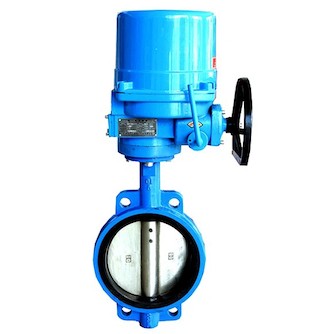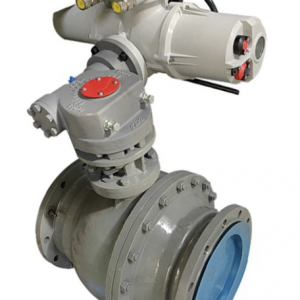Description
Dn50 Steam Regulator Wafer Butterfly Valve is a conventional butterfly valve that is preferred for pipelines. It is suitable for industries such as drainage, sewage, food, heating, gas, ships, hydropower, metallurgy, energy systems, and light textiles with a nominal pressure of ≤ 1.6MPa. It is particularly suitable for bi-directional sealing and valve body prone to corrosion. It is small and lightweight for regulating flow and intercepting flow medium, convenient for flange connection installation, easy for disassembly and maintenance, and can be installed in any position; Simple and compact structure, low operating torque, quick opening with 90 ° rotation; The outer circle of the butterfly plate adopts a spherical shape, which improves the sealing performance and extends the service life of the valve.
Classifications
1. Classification according to structural form
(1) Center seal butterfly valve
(2) Single eccentric sealed coal valve
(3)Double eccentric seal butterfly valve
(4) Triple eccentric seal valve
2. Classification according to sealing surface material
(1) Soft seal butterfly valve.
1) The sealing pair is composed of non-metal soft material to non-metal soft material.
2) The sealing pair is composed of metal materials and non-metal soft materials.
(2) Metal seal butterfly valve. The sealing pair is composed of metal hard material to metal hard material.
3. Classification according to sealing form
(1) Forced sealing butterfly valve
1) Elastic sealing butterfly valve. The sealing specific pressure is generated by the valve plate extruding the valve seat when the valve is closed, and the elasticity of the valve seat or valve plate.
2) External torque sealing butterfly valve. The sealing specific pressure is generated by the torque applied to the valve shaft.
(2) Pressurized sealed butterfly valve. The sealing specific pressure is generated by the charging of elastic sealing elements on the valve seat or valve plate.
(3) Automatic sealing butterfly valve. The sealing specific pressure is automatically generated by the medium pressure.
4. Classification according to work pressure
(1) Vacuum butterfly valve. Butterfly valve whose working pressure is lower than the standard reactor atmospheric pressure.
(2) Low pressure butterfly valve. Butterfly valve with nominal pressure PN<1.6MPa.
(3) Medium pressure butterfly valve. Butterfly valve with nominal pressure PN of 2.5--6.4MPa.
(4) High-pressure butterfly valve. Butterfly valve with nominal pressure PN of 10.0--80.0MPa. (5) Ultra-high pressure butterfly valve. Butterfly valve with nominal pressure PN>100MPa.
5. Classification according to working temperature
(1) High temperature butterfly valve. Butterfly valve with t>450 C
(2) Medium temperature butterfly valve. 120 C<t<450 C butterfly valve
(3) Normal temperature butterfly valve. A 40C<t<;120C butterfly valve
(4) Low temperature butterfly valve. A 100<t<a 40 C butterfly valve
(5) Ultra-low temperature butterfly valve. t<-100 C butterfly valve
6. Classification by connection method (1) Wafer butterfly valve (2)Flange butterfly valve (3)Lug type butterfly valve (4) Welded butterfly valve.






